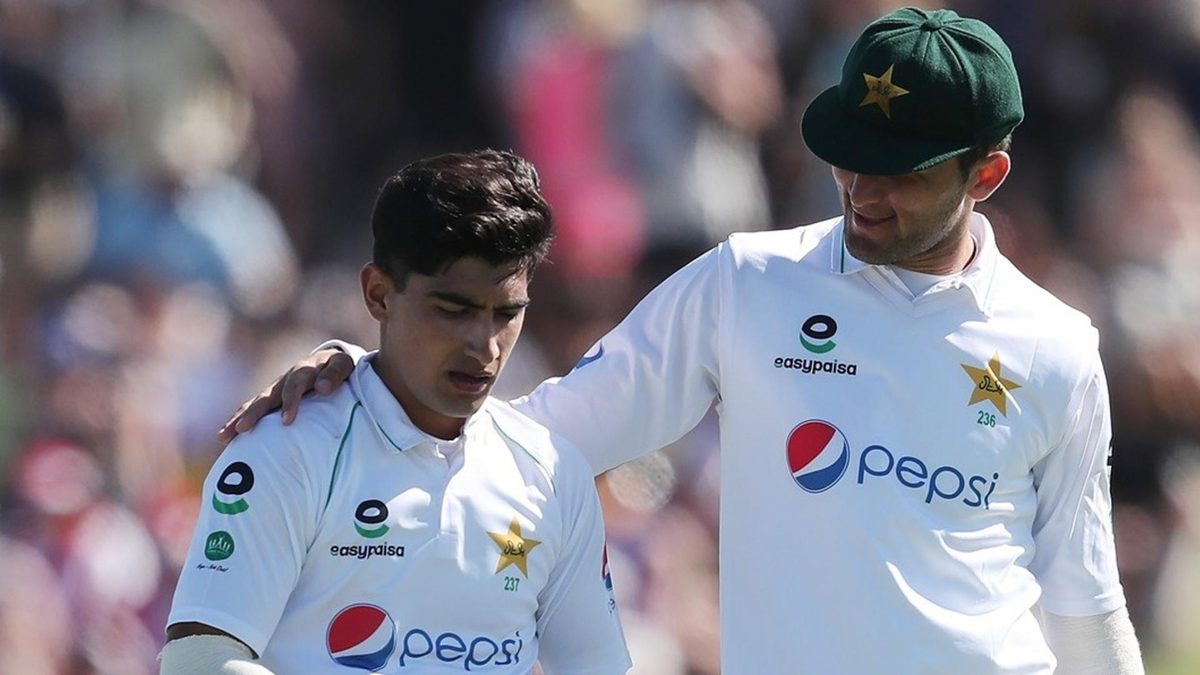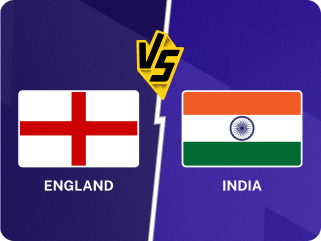
used to boast of arguably the best pace attack in the world. Unfortunately, their halcyon days are behind them, writes Abhishek Mukherjee.
Pakistan and pace have a long history. Ask cricket fans of the 1980s, the 1990s, the 2000s, perhaps even the 2010s, to describe the greatest strength of Pakistan cricket. They will probably tell you about fast bowling.
Fazal Mahmood may be ancient history to most of them, but Sarfraz Nawaz is not. The fans will tell you how Sarfraz used to wreak havoc with reverse swing. They will tell you how devastating Imran Khan could be with the new ball and the old.
They will speak in awe of Wasim Akram and Waqar Younis, contenders for the greatest new-ball pair in history. They will mention Shoaib Akhtar hitting the 100mph-mark and running through sides. They will show YouTube clips of Mohammad Asif doing things with a cricket ball you did not think possible. Perhaps even Mohammad Amir’s early bursts, in England in 2010.
Unfortunately, that it where it ended in Test cricket. Since Amir, Shaheen Shah Afridi is the only Pakistan fast bowler to have taken a hundred wickets in the format – and he has 115. And his average of 27.08 veils his recent record (16 wickets at 40.81 since January 1, 2023) or his ordinary bowling average against Australia (38.40), England (51.60), and New Zealand (43.77).
The exceptional abilities of Naseem Shah, widely considered the next big thing in the department, become evident every time he takes the ball. Yet, they have not quite translated to wickets. After 18 Tests, Naseem’s career stands at 54 wickets at 33.79.
More worrying than any of that, however, is the fact that despite their ordinary numbers, Shaheen and Naseem are Pakistan’s first-choice Test bowlers. Part of that has to do with an overall lack of depth.
Of course, Pakistan are not the only team whose pace-bowling fortunes have taken a nosedive in this cycle of the World Test Championship. The West Indies, who used to boast an endless supply chain of fast bowlers, is now bottom of the pile.
At the same time, Sri Lanka and Bangladesh – the two worst-performing attacks across the first two WTC cycles – have both surpassed Pakistan in 2023-25. Neither Sri Lanka nor Bangladesh are historically renowned for pace, but they have found a way.
The Sri Lanka pacers were instrumental in their triumph in South Africa in 2018/19, as were their Bangladesh counterparts at Mount Maunganui in 2021/22 or now in Pakistan. The Pakistan fast bowlers do not boast of a comparable Test match performance away from home over this period. Worse, they have gone ten Tests at home without a win. One can attribute that to the pitches, but they have lost six of these – in other words, the opposition teams have found ways to take 20 wickets on the same surfaces.
The romanticism around Pakistan fast bowlers can be validated by hard numbers. They started off well in the 1950s, when their pace-bowling average was roughly at par with the global number – an impressive statistic for the only new team in about a quarter of a century.
As Pakistan migrated from matting wickets to turf in the 1960s, adjustments were made, and the number dropped significantly. Once they mastered reverse swing, they clawed back in the 1980s and were outright brilliant in the 1990s. That high was unsustainable over a long period of time, but they held their own in the batting-friendly decade of the 2000s. From the 2010s, the drop has been steep.
What changed?
The decline in 1960s can be attributed to – at least partly – the change to turf wickets, when the curators overcompensated to avoid raising eyebrows. South Africa had faced a similar mat-to-turf transition between the wars, culminating in the (in)famous timeless Test match at Durban in 1939/40.
After March 2009, Pakistan did not play at home for a decade. Barring the two Tests against Australia in 2010, they “hosted” Test cricket (or any cricket) in the UAE. There, Test matches used to be decided by spin.
As is evident, the Pakistan seamers did better than their opposition, which flipped once they returned home. Neither margin was significant, but the massive advantage the Pakistan spinners held over their opposition counterparts on the UAE surfaces does not exist anymore. All spinners have been rendered to ineffectiveness on the flat pitches.
One can speculate – without evidence – that these lifeless featherbeds had been an effort to ensure the matches lasted five days after Test cricket’s return to Pakistan. Bowler-friendly pitches, after all, attract more controversies. Perhaps it is the 1960s all over again.
Whatever it is, these are the kind of surfaces Pakistan are likely to get at home for some time, and their pacers will have to find a way. For that, they need not look beyond the rise of their Bangladesh or Sri Lanka counterparts.
Follow Wisden for all cricket updates, including live scores, match stats, quizzes and more. Stay up to date with the latest cricket news, player updates, team standings, match highlights, video analysis and live match odds.







